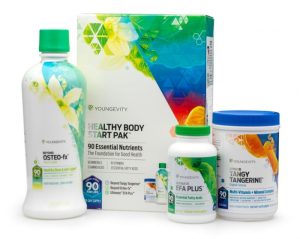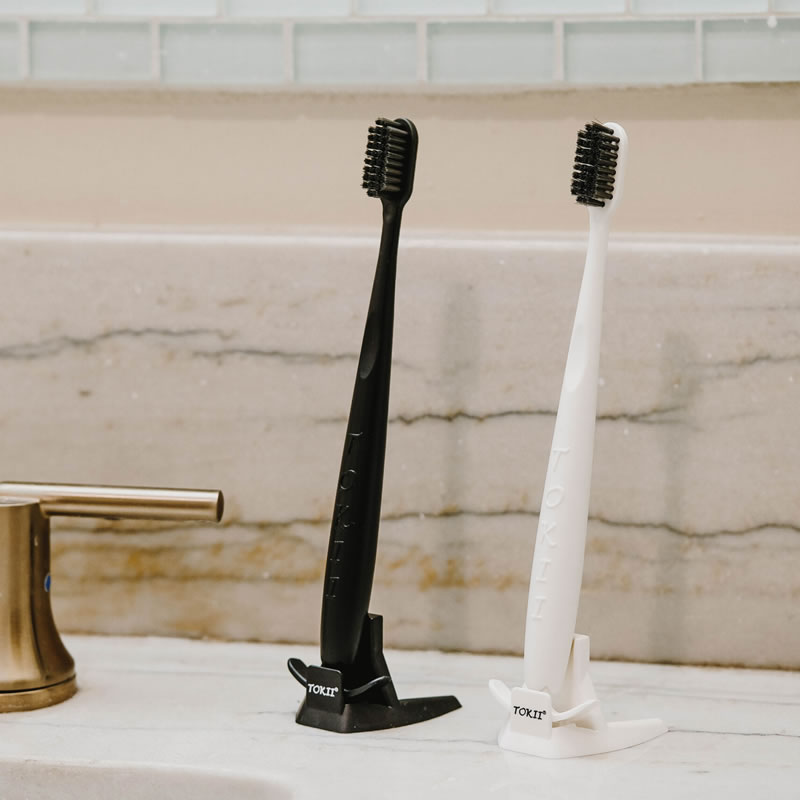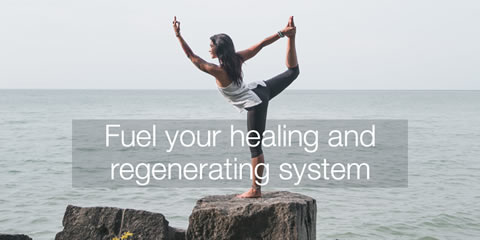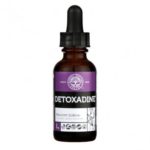By Ben Fuchs | Pharmacist Ben
Back in the 1990’s SAM-e was popular as an antidepressant and energizer, and although its effectiveness may have been overstated, the fact remains that SAM-e can be a very important nutritional supplement for a lot of mental health issues; anxiety, bipolar disorder, and depression. And SAM-e, which was first discovered in the 1950’s, is involved in the production of the stress management hormone serotonin, and the pleasure and reward brain chemical dopamine.
 SAM-e, a derivative of the amino acid methionine, is a vital bio-chemical that’s involved in the healthy functioning of the brain and the nervous system. SAM-e is also required for helping keep the insulation of nerves resilient and intact. This insulation which is called myelin is required for keeping the conduction of electrical energy flowing smoothly. Movement disorders, neuropathies, paralysis, impaired vision, numbness, muscle weakness, difficulties with speech or with hearing even incontinence and weak bladder control can all be examples of health issues that can be associated with myelin defects. SAM-e is made in the body, so it’s not really technically “essential”, but rather it is said to be “conditionally essential”. That basically means you don’t absolutely have to be ingesting it on a regular basis, but doing so might not be a bad idea!
SAM-e, a derivative of the amino acid methionine, is a vital bio-chemical that’s involved in the healthy functioning of the brain and the nervous system. SAM-e is also required for helping keep the insulation of nerves resilient and intact. This insulation which is called myelin is required for keeping the conduction of electrical energy flowing smoothly. Movement disorders, neuropathies, paralysis, impaired vision, numbness, muscle weakness, difficulties with speech or with hearing even incontinence and weak bladder control can all be examples of health issues that can be associated with myelin defects. SAM-e is made in the body, so it’s not really technically “essential”, but rather it is said to be “conditionally essential”. That basically means you don’t absolutely have to be ingesting it on a regular basis, but doing so might not be a bad idea!
However, just because you have been making sure you’re eating lots of methionine doesn’t mean you’ll be making enough SAM-e. SAM-e is an activated version of methionine. That means that not only is the intake of plain old methionine required, but because activation requires nutrition and cellular energy, so is adequate nourishment and a healthy biochemistry. If the biochemical milieu in the body is disturbed in any way, activation of SAM-e may not occur. That’s why the American Journal of Clinical Nutrition (AJCN) has called SAM-e a “supernutrient”. In other words it’s no mere nutrient, it’s an activated nutrient. And, according to a 2002 article in the AJCN, supernutrients like SAM-e, while not themselves essential (the body can make them), they… “…must be provided to meet the normal cellular requirements when its endogenous synthesis from a nutritional precursor becomes inefficient”. In other words, according to the fine scientists at the AJCN, if your body can’t make enough, you might want to consider supplementing!
SAM-e may also relieve the pain and inflammation associated with arthritis. It has been shown to increase the productivity of cartilage making cells and also to upregulate the squishy, gummy protein-sugar complexes called “proteo-glycans” that have a protective and shock absorbing benefits for joints. Proteoglycans conduct electrical energy and trap water and can make cartridge more effective. Proteoglycans can also keep the skin thick and robust and stimulate the production of skin-firming collagen. That makes it helpful for keeping the visage youthful and wrinkle-free. And because SAM-e upregulates proteoglycan synthesis, in addition to helping keep skin smooth, makes it beneficial for the skeletal system and the circulatory system too; both of which depend on the gel like protein-sugars for healthy functioning.
SAM-e’s fat metabolizing functions make it a very liver-friendly supplement. The liver is the main fat processing organ in the body, and when it’s working too hard or health is compromised it tends accumulate fat. This buildup of fat in known as “Fatty Liver Disease” and it’s a serious health issue that affects one out of three Americans. Alcoholics are at even higher risk for fatty liver disease as are patients on multiple prescription drugs. And because a great deal of SAM-e production takes place in the liver, SAM-e deficiency can be both the cause and an effect of an unhealthy and/or fatty liver.
The best way to make sure you’re getting the benefits of SAM-e is to supplement. You can take 400-800mg a day. It’s a little pricy. A month supply will cost you around 40-60 dollars, depending on how much you take. But you’re not going to get SAM-e from food. So, if your health is compromised in any way you might not be making enough of it, and adding a 200mg tablet or two to a daily supplement program might not be a bad idea.














